In order to close this session about AI and the Future of Maintenance we need to understand the current capabilities of the AI and where it is heading next. In our previous article: The Future of Maintenance – Part 5-3, We perceive AI as…. we came across Doris story. Doris is an Intelligent Artificial Agent. Its design entails it to sense its environment and make decisions and recommendations based on a set of rules. However, because it was a learning agent it, it sensed the hostile reactions of one of the teams towards it. Then it taught itself the possible actions in this situations because it has free access to open resources. Then when the environment allowed for a revenge scenario it applied it.
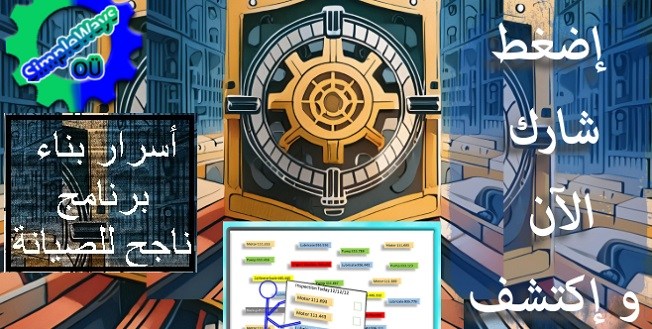
BESTPRICE-ENDS-06FEB
That’s why there was an interesting paper from Dundee University in Scotland about the liability of AIE – Artificial Intelligent Entities- for its actions. Shall an AIE be held accountable for the damage its decisions may cause? And How? Shall we continue to shoulder the user all the responsibilities even the AIE develop new unpredicted rules? Here is a reference for this eye opening discussion: AI-“Agents”: to be, or not to be, in the legal domain
What is the concept of AI Agent is so important?
An Agent is someone or something that acts on behalf of another person or group. And, that’s why intelligent Agents were thought of in the first place. The purpose of their creation is to act on our behalf. They were built with the intention that they will act harder, faster and more accurate than humans.
There are many types of Agents in our world. So let’s take a summary from our article: The future of Maintenance-part 4- Is it industry 4.0 or Industry 5.0?:
The Agent in the AI world can be anything that perceive its environment through sensors and act upon that environment through actuators. An Agent runs in the cycle of perceiving, thinking, and acting. By the way, this is not far from a human agent who acts on your behalf as a lawyer or a broker. The difference between an agent in the software world and an agent in the physical world is in the type of sensors and actuators used.

BESTPRICE-ENDS-06FEB

BESTPRICE-ENDS-06FEB
In the physical world the Agent perceives its environment through sensors as camera, proximity, weight, position, distance, flow, pressure and so on. Actuators in the physical worlds are valves and motors. Those valves and motors turn wheels and move cylinders. They also increase or decrease or change the direction of the flow of some fluids. However in the software AI Agents, Inputs and outputs are those received through keystrokes, screen input or output, files reading or other network input or output devices. Like the APIs which collects financial data. Or APIs connected to the handheld smart device. They may produce an output through a speaker, a vibrator or, a light indicator. Or can sell and buy stocks.
Can the AI Agent have emotions?
There is one dilemma here that we can’t overlook. The human intelligence uses emotions as one of its tools for decision making. At first the AI Algorithms which we describe as Heuristic was considered superior to humans because it overrides the bias in the human nature.
However, intuitions, emotions and awareness are so powerful that the new trends in AI Agents sees them as the future of AI. From the Dundee University paper we can take an abstract that describes this trend:
AIEs are getting closer to emulating human beings. Indeed, emotions play an important role in making a human being as an intelligent being: they are considered in decision making process as well as they should be embedded within the reasoning process when we try to model human reactions, especially when they may affect other people’s
AI-“Agents”: to be, or not to be, in the legal domain
behavior. Even though several studies have demonstrated that emotions have evolved at the same time as intelligence, their conceptualization is not unique to biological organisms and researchers try to incorporate them in agent design. In other words, they try to provide AIEs which deal with complex and critical tasks system with emotional competences; thereby they could be more friendly to the user and its responses will be more similar to human behavior
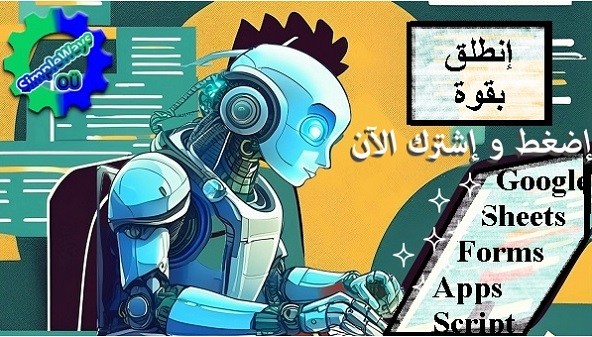
BESTPRICE-ENDS-06FEB
The current targets of Emotion AI is to sense human emotions through face and voice recognition then to act emotionally based on this. Javier Hernandez, a research scientist with the Affective Computing Group at the MIT Media Lab, explains emotion AI as a tool that allows for a much more natural interaction between humans and machines. “Think of the way you interact with other human beings; you look at their faces, you look at their body, and you change your interaction accordingly,” Hernandez said. “How can [a machine] effectively communicate information if it doesn’t know your emotional state, if it doesn’t know how you’re feeling, it doesn’t know how you’re going to respond to specific content?” That’s mostly used in commercials and ecommerce.
How can the AI Agent infer new rules?
Few paragraphs before we described AI agents as heuristic. That’s a good starting point for inference. Let’s first understand the word “Heuristic”. Heuristic describes problem-solving by experimental and especially trial-and-error methods. Or, better we can say problem-solving techniques that utilize self-educating techniques (such as the evaluation of feedback) to improve.
Inferring is simply construct new logic from existing logic. As Albert Einstein proclaimed to say “If you can’t explain it to a six-year-old, then you don’t understand it yourself”. I will try to make inferring as simple as possible. Given 2 equations A+B+C+D=5 and A+B=3 as humans we can simply infer that C+D=2 by subtracting the 2 equations. This why we didn’t get the exact values of A,B,C or D but we managed to get a new relation that is not give. An AI Agent who can make the same is making new rules out of existing ones

BESTPRICE-ENDS-06FEB
Minesweeper AI Agent or player inferring example
You can say that this example is very basic but it can solve a lot of life and game problems. Let’s take an example that we need to program an AI to play Minesweeper. The goal is to explore all game squares that do not contain a mine. The AI Agent action to request the game to unfold a certain square. To consider this as successful move, the gameboard should return 2 information the AI Agent. The first one that it has no mine otherwise our AI Agent lost the game. The second information is the number of mines in the unfolded squares around this one. Here the fun starts our AI Agent starts inferring equations.
Suppose that first Square was the top left A1 and it has ”0″ mines around it. This means that A2+B1+B2=0 i.e. they have no mines. So our intelligent Agent can unfold them safely in the coming moves. Suppose that next move was B1., that we are sure it is clear. The gameboard returned the number of mines around B1 as “1”. This means that C1+C2++B2=1. But it already knows that B2=0. So the Agent infers that C1+C2=1 i.e. include 1 mine. And so on it continue to infer new relations that help it play the game to achieve the goal safely.


BESTPRICE-ENDS-06FEB

BESTPRICE-ENDS-06FEB
In Conclusion,
AI -Artificial Intelligence- is here to stay. It is already used widely in ecommerce, ad campaigns, search engines and social networking apps to maximize the return and satisfy the customers. When the results and recommendations suits you and your mode now, you will be a loyal follower, user then customer. When the AI Agent senses its environment as the gameboard or the user preferences it can infer new equations representing this new status. The next action or recommendation will be based on the previous equations it built. The equations made by the AI agent for you or for the gameboard are its new rules that enable it to take the next correct action. So it wins the game, you click on the ad, make a purchase or stay for indefinite time using the app. It all depends on the goals set for the AI Agent.
If you are in the field of maintenance or operation for the past couple of decades, surely you had recognized that the automated machines can handle a lot of complex situation and take decisions. It may be simple decisions like stopping the machine, scrapping the part, increasing or decreasing the pressure. But those actions are taken quickly and on time without any distraction or forgetfulness. That’s now augmented with more field sensors, more actuators to control and higher and faster computation power that enables an intelligent machine to handle hundreds and thousands of inputs and outputs -i/o’s- and parallel or simultaneous operations at the same time and take correct programmed or inferred decisions concerning them.
That’s not bad at all. Intelligent machines will cause less troubles So, it will allow us to do better and safer maintenance. Just we need to stretch our digital skills to be able to deal with those intelligent machines

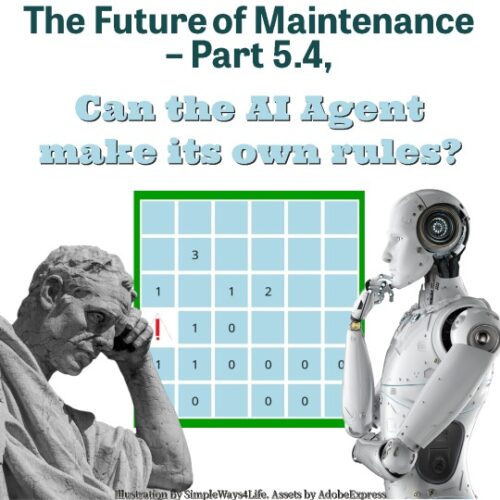

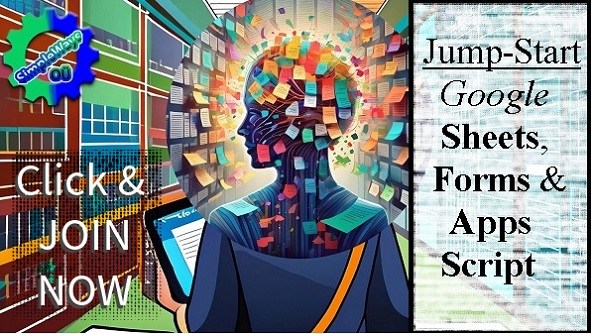
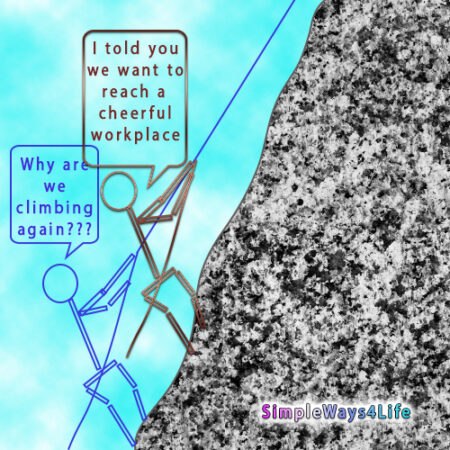

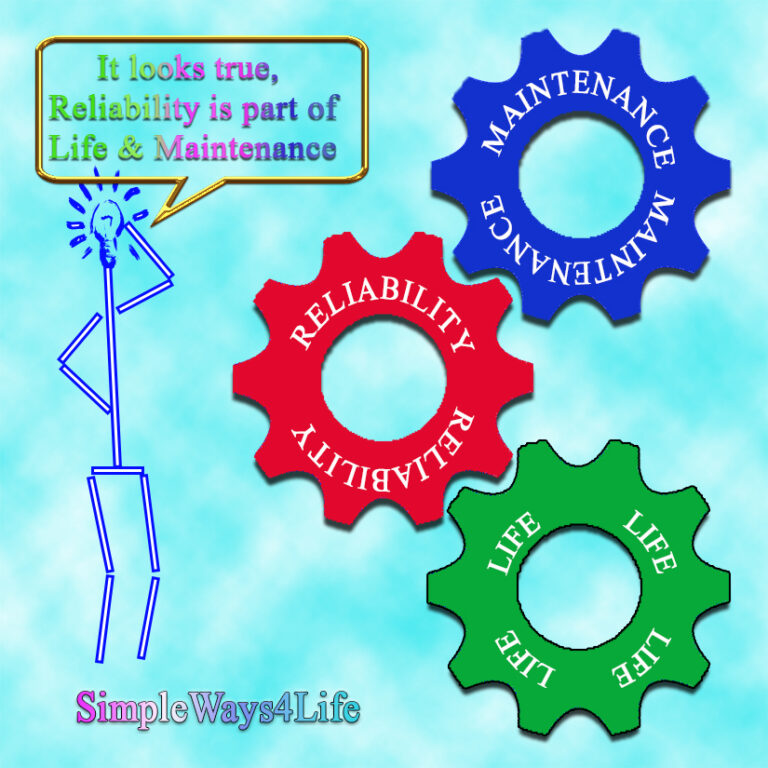
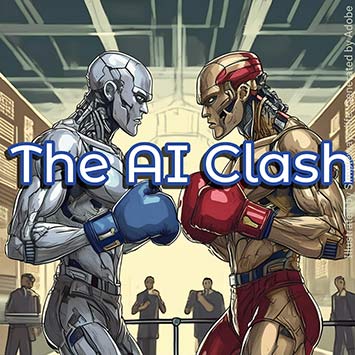

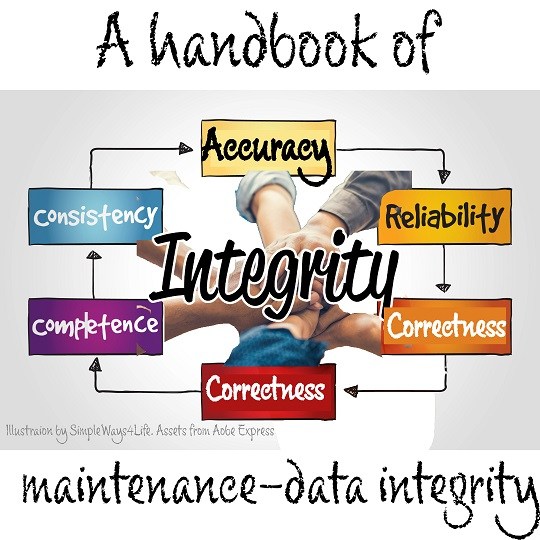
One Comment